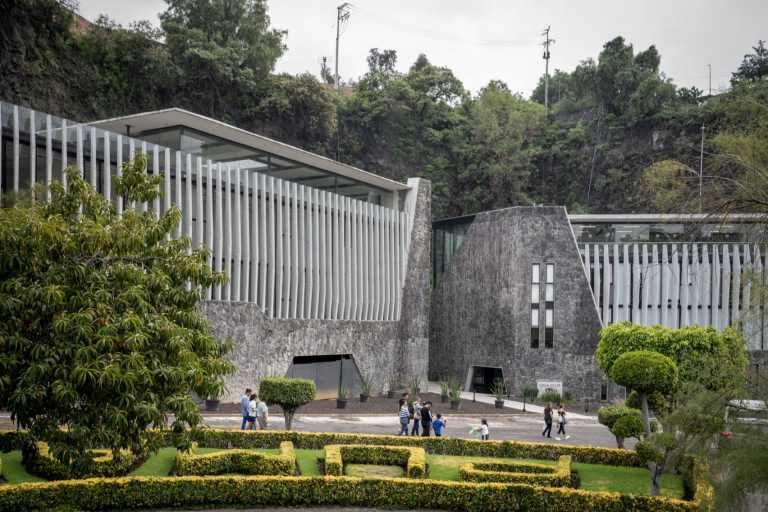Espina Pendant light: good for the environment
Espina Pendant light: good for the environment
The sustainable design comes in many shapes and sizes. Here, architect and furniture designer Guillermo looks to the concertina shape of musical instruments to create the Espina Pendant lamp. And collapsible pendant light for the Spanish brand Estepa.
Designed to take up as little space as possible, not only does the Espina Pendant reduce the number of resources needed to ship the product but it also uses the least amount of material too.
That’s because the Espina Pendant light employs a collapsible design. Allowing it to be flat-packed and easily transformed by the user into its finished form.
The lamp shade itself is created from one sheet of plywood, into which a spiral has been cut out, helping to create a concertina effect when hung from the center point of the sheet.
In the center is a hole, which has been drilled for the cord and the light’s fixture to be secured.
In flatpack form, the lampshade’s circular form lies compact inside a square wooden frame.
Meanwhile, all the other necessary components such as the cord, the canopy, and the pendant holder are all secured around the outer edges of the packaging.
There’s also a handle cut out from one of the corners to enable users to pick up, purchase, and go.
Espina Pendant lamp: less waste, less overconsumption
It’s well documented the negative impact of the transportation of goods. Such as furniture and lighting from the design industry is having on the planet.
That’s why designers like Mac Clean are feeling the charge to come up with sustainable alternatives or innovative approaches to design that challenge the way we consume and experience everyday items.
The Espina Pendant Light is a prime example of how we can create less waste and help prevent over-consumption. All while helping to promote a simple and easily accessible product.






